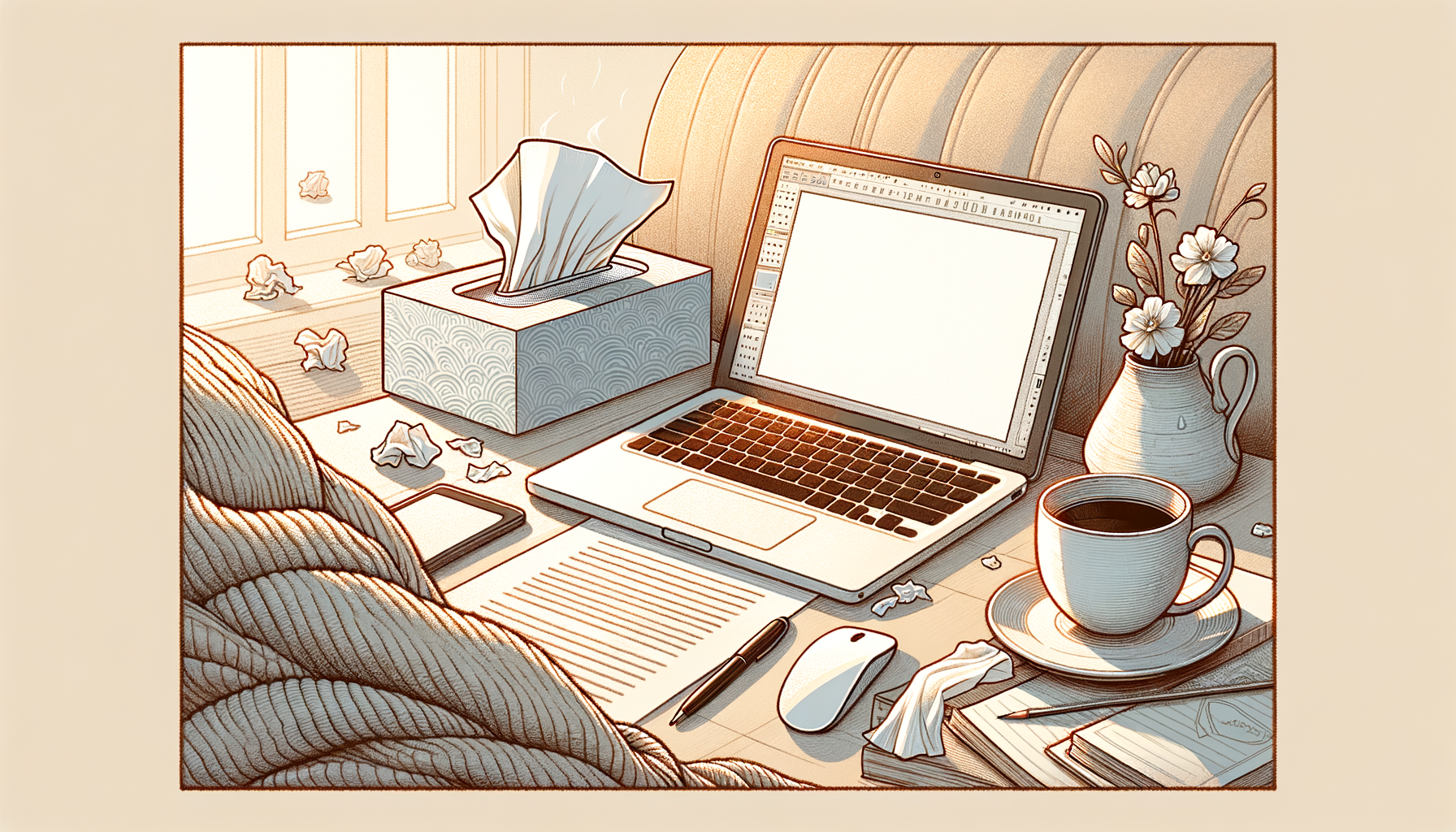Knowing how to write a clear and professional sick leave message is essential for jobseekers and employees alike. Whether you’re new to the workforce or returning after a break, communicating your absence effectively can maintain your professional reputation and ensure smooth workflow continuity. This guide will walk you through the essentials of crafting a sick leave message that is respectful, concise, and informative.
Understanding the Essentials of a Sick Leave Message
A sick leave message is a formal notification sent to your employer or supervisor to inform them about your inability to attend work due to illness. It serves as a professional courtesy and helps your workplace plan accordingly during your absence. Writing an effective sick leave message involves clarity, honesty, and timeliness.
Key dimensions to consider when writing your sick leave message include:
- Clarity about the reason for absence without oversharing personal details
- Timeliness in sending the message as soon as you know you will be absent
- Professional tone that respects workplace norms
- Providing an estimated duration of your absence if possible
- Offering to assist with urgent matters remotely if you are able
How To Write A Sick Leave Message - Step by Step
Writing a sick leave message can feel daunting, but following a structured approach makes it straightforward. Below are five clear steps to help you compose a message that is professional and effective.
Step 1: Start with a Clear Subject Line or Opening
Begin your message by clearly stating the purpose. For emails, use a subject line like “Sick Leave Request” or “Unable to Attend Work Due to Illness.” In verbal or text communication, start by directly stating that you are unwell and will not be able to come to work.
Step 2: State the Reason for Your Absence
Briefly explain that you are sick. You don’t need to provide detailed medical information, but a simple statement such as “I am feeling unwell” or “I have come down with the flu” is sufficient. This keeps your message professional and respects your privacy.
Step 3: Specify the Duration of Your Leave
Indicate how long you expect to be away from work. If you are unsure, provide an estimate and mention that you will update your employer as your situation becomes clearer. For example, “I expect to be away for two days” or “I will keep you informed about my recovery.”
Step 4: Offer Assistance if Possible
If your health allows, offer to help with urgent tasks remotely or provide contact information for colleagues who can cover your responsibilities. This shows professionalism and consideration for your team’s needs.
Step 5: Close with a Polite Sign-Off
End your message courteously by thanking your employer for their understanding. Use a professional closing such as “Thank you for your understanding” followed by your name. This leaves a positive impression and maintains good workplace relations.
What You Need to Remember
Beyond the step-by-step guide, there are important do’s and don’ts to keep in mind when writing your sick leave message. These points ensure your communication is effective and maintains your professional image.
Do’s
Always notify your employer as early as possible to allow for adjustments in scheduling. Keep your message concise but informative, and maintain a polite and professional tone throughout. If your company has a specific protocol for sick leave notifications, follow it carefully to avoid misunderstandings.
Don’ts
Avoid oversharing personal health details that are not relevant to your work absence. Don’t delay informing your employer, as this can disrupt workflow and may be viewed as unprofessional. Refrain from using informal language or slang, which can undermine the seriousness of your message.
The Value of Following These Steps
Adhering to these guidelines can significantly improve how your absence is perceived. Clear communication reduces confusion, helps your team plan effectively, and demonstrates your responsibility as an employee. This can positively impact your professional reputation and even influence future opportunities within your workplace.
Frequently Asked Questions
- How soon should I send my sick leave message?
You should notify your employer as soon as you know you will be absent, ideally before your workday begins. - Do I need to provide a doctor’s note with my sick leave message?
This depends on your company’s policy. Some employers require a doctor’s note after a certain number of days absent, so check your employee handbook or ask HR. - Can I send a sick leave message via text or instant messaging?
If your workplace accepts informal communication, this may be acceptable. However, email is generally preferred for professionalism and record-keeping. - What if I’m unsure how long I will be sick?
Provide an estimated duration and commit to updating your employer as your condition evolves. - Should I mention if I can work from home while sick?
Yes, if you feel well enough and your job allows it, offering to work remotely can be helpful and appreciated.
Conclusion
Writing a sick leave message doesn’t have to be complicated. By following the step-by-step guide outlined above, you can communicate your absence clearly and professionally. This not only helps maintain your workplace relationships but also supports your team in managing workloads effectively. When you’re ready, try crafting your own sick leave message using these tips to ensure your communication is both respectful and efficient.






